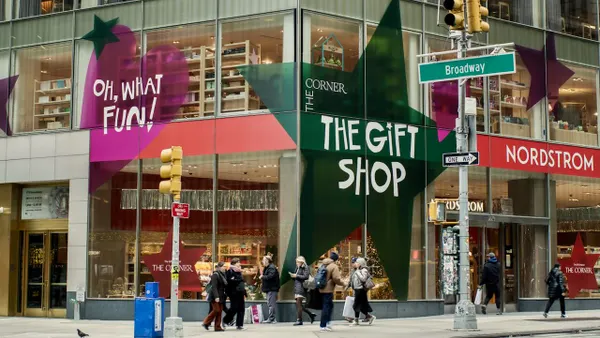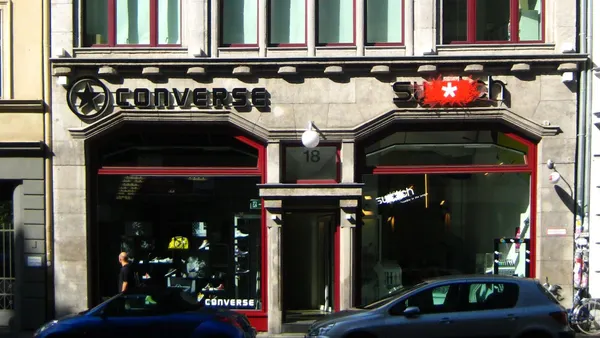Dive Brief:
-
Sears Holdings Corp. Tuesday said it will move to aggressively cut costs by closing Sears and Kmart stores and selling more assets. The retailer said some 50 unprofitable stores will likely close in coming months.
-
Later this month the company is expected to report a Q4 same-store sales drop of 7.1% and a net loss of $525 million and $625 million, with Q4 revenues totaling $7.3 billion and full-year revenues totaling $25.1 billion.
-
Q4 same-store sales at Sears stores fell 6.9% and at Kmart stores fell 7.2%, something of an improvement from the past three quarters, when sales at Sears fell 11.1% and at Kmart fell 7.3%.
Dive Insight:
In addition to announcing this aggressive move to cut costs, Sears acknowledged the weakness in its apparel sales and said it is moving to improve that.
“[I]n 2016 and future periods, we intend to improve the performance of our apparel business through changes to our sourcing, product assortment, space allocation, pricing and inventory management practices,” the company said in a statement.
The news comes as a recent study by Prosper Analytics & Insights for the National Retail Federation found that the company is losing market share to its rivals, including second-hand retailer Goodwill. In women’s clothing in particular, shopper preference share for Sears dropped 53% year over year; last month, Sears ranked 15th, behind Goodwill, according to Prosper.
About a year ago Don Ingham, director at Tenth Avenue Holdings and portfolio manager of the TAH Core Fund, which have investments in Sears, told Retail Dive that the company's move to close underperforming stores boded well for the retailer. Ingham told Retail Dive then that, while Sears' aggressive cost-cutting—its store closings and layoffs—have been expensive in the short term, “those measures mask the performance and make it look worse than it is. You’re going to see the loss come down and same store sales go positive.”
But there’s a limit to what the company can do, and omnichannel retailers do need to be able to leverage their brick-and-mortar stores to reach customers. The question for Sears is whether they are still over-stored and thus have the room for more closings, or if the cost-cutting might begin to eat into its ability to operate effectively. Its Shop Your Way omnichannel program, which includes in-store and curbside pickup, has garnered praise from retail experts and customers alike, but it's unclear how much that is contributing to its turnaround.
The retailer said that it’s moving to avoid taking on debt in order to gain flexibility for its turnaround through cost-cutting and other efficiencies, but that it has the capacity to raise billions of dollars through a variety of financing options. That could include a sale of its auto business, according to the company's press release.
"Our intention is not to borrow money to fund continued operating losses," the company said, "but instead to provide us flexibility as we transition from a traditional network based model to a more asset light member-centric integrated retailer leveraging our 'Shop Your Way' program. As part of this transformation, we intend to optimize the value of our assets and to take actions that will generate positive Adjusted EBITDA in the near future. Generating positive Adjusted EBITDA is our most important focus during 2016."












